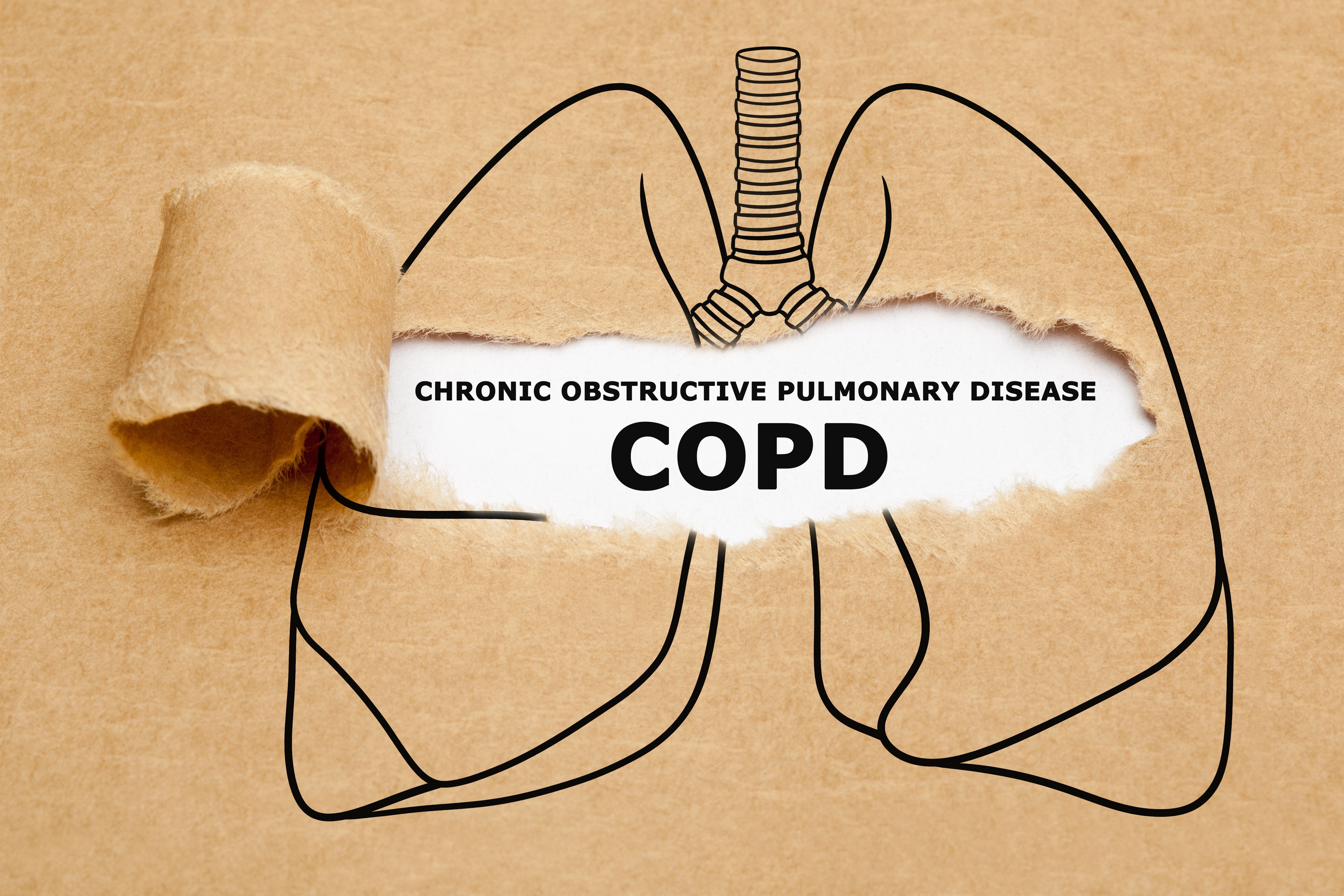
- Center on Health Equity & Access
- Clinical
- Health Care Cost
- Health Care Delivery
- Insurance
- Policy
- Technology
- Value-Based Care
Local-Level Chronic Disease, Social Vulnerability Measures Help Inform COPD Planning Efforts
The researchers demonstrated how to jointly examine prevalence estimates of chronic obstructive pulmonary disease (COPD) from PLACES and social vulnerability measures from the Social Vulnerability Index developed by the CDC and the Agency for Toxic Substances and Disease Registry.
Local chronic obstructive pulmonary disease (COPD) estimates and social vulnerability can be jointly examined by combining, analyzing, and visualizing data from 2 publicly available tools. The results of this study on COPD prevalence estimates were published in Preventing Chronic Disease.
The researchers noted that data are publicly available to identify geographic differences in social vulnerability and health outcomes, including those of COPD, but there is a lack of examples where data are combined across sources to understand disease burden and community vulnerability.
They explained that combining local health and social vulnerability data can help identify local areas with both high levels of COPD prevalence and high social vulnerability.
“Identifying these areas can help inform allocation of appropriate resources and promote engagement of cross-sector partners like education, transportation, and housing, with the shared goal of improving people’s environments and their health,” the authors wrote.
Consequently, the researchers merged county and census tract model-based estimates of COPD prevalence from PLACES and social vulnerability measures from the Social Vulnerability Index (SVI) developed by the CDC and the Agency for Toxic Substances and Disease Registry to demonstrate how to combine tools for public health planning.
The researchers explained that PLACES “provides annual model-based estimates for counties, incorporated and census-designated places, census tracts, and ZIP Code Tabulation Areas (ZCTAs) across the United States for 29 chronic disease–related measures, including a measure of COPD prevalence.” For this study, they used county and census tract estimates of COPD prevalence from the 2020 PLACES data portal release.
On the other hand, they noted that the SVI uses data from the American Community Survey (ACS), a nationwide survey conducted by the US Census Bureau to produce sample-based estimates across multiple geographies, “to determine the social vulnerability of US counties and census tracts.” In this study, the SVI data helped explore the themes of socioeconomic, minority status and language, household composition and disability, and housing type and transportation.
With the merged data set, the researchers created vulnerability profiles by COPD prevalence, calculated COPD population estimates by vulnerability levels, and explored joint geographic patterns.
Through their study, the researchers found that correlations between COPD prevalence and individual components, themes, and the overall SVI were in similar ranges for county and tract estimates. They noted that counties and census tracts with high COPD prevalence (quartile 4) had high median vulnerability rankings (range: 0-1) for the socioeconomic (county, 0.81; tract, 0.77) and household composition and disability (county, 0.75; tract, 0.81) themes.
“The estimated number of adults with COPD residing in counties with high vulnerability was 2.5 million (tract: 4.7 million) for the socioeconomic theme and 2.3 million (tract: 5.0 million) for the household composition and disability theme (high overall SVI: county, 4.5 million; tract, 4.7 million),” the authors wrote.
COPD drawing | Image credit: Ivelin Radkov - stock.adobe.com

Overall, their findings were similar regardless of whether county or tract data were examined besides the estimation of the total number of adults with COPD living in areas labeled as having low, moderate, or high vulnerability. The researchers correlated this to the wider range in county population compared to the range in tract population as largely populated populations could be highly influential when calculating aggregate population estimates.
The researchers acknowledged that their study contains several limitations, one being that both the PLACES and SVI tools relied on estimates based on population samples. All estimates have respective margins of error, meaning each survey's estimates can be affected by bias.
Despite their limitations, the researchers explained that their study successfully demonstrated how to merge data across tools to jointly examine local COPD estimates and social vulnerability. They noted that continued efforts using this method are needed to best support local, state, and national public health planning efforts.
“By understanding this approach and improving awareness of these tools, public health practitioners can enhance their use of these data to inform public health planning to better inform actions to improve health,” the authors concluded.
Reference
Carlson SA, Watson KB, Rockhill S, Wang Y, Pankowska MM, Greenlund KJ. Linking local-level chronic disease and social vulnerability measures to inform planning efforts: a COPD example. Prev Chronic Dis. 2023;20:230025. doi:10.5888/pcd20.230025
2 Commerce Drive
Cranbury, NJ 08512
AJMC®
All rights reserved.